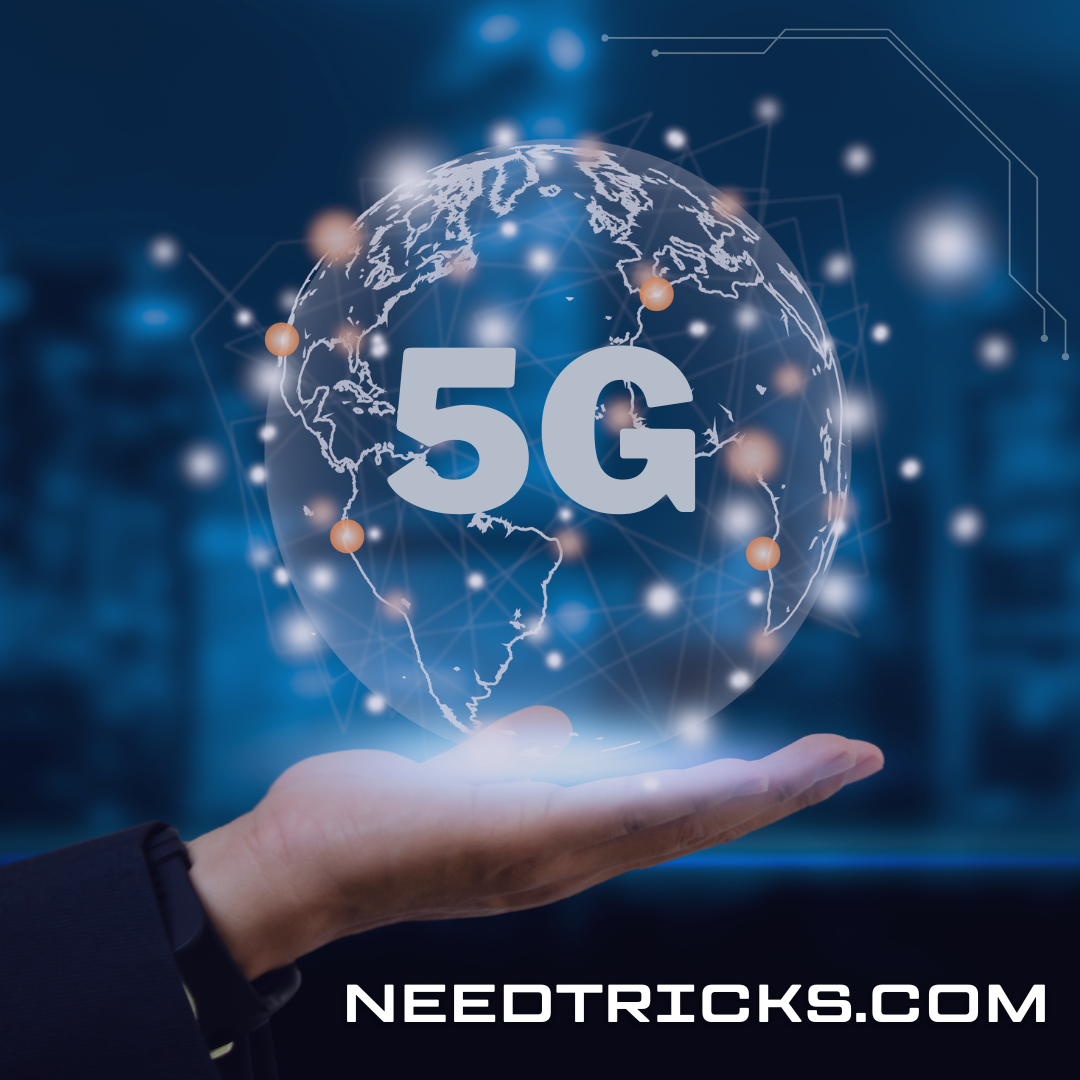Fifth-generation wireless technology is the latest iteration of mobile network connectivity. It promises faster speeds, lower latency, and greater bandwidth than its predecessors. Making it a game-changer for mobile devices, the Internet of Things (IoT), and even autonomous vehicles.
How does 5G work?
Unlike previous wireless technologies that used lower frequency bands. 5G operates on higher frequency bands, which can transmit more data at a faster speed.
However, these higher frequencies have a shorter range and are more easily blocked by physical objects such as buildings and trees. To overcome this challenge, 5G networks use a combination of technologies, including massive MIMO (multiple-input, multiple-output) antennas, beamforming, and network slicing.
Massive MIMO antennas use hundreds of antennas to transmit and receive data from multiple devices simultaneously, increasing the capacity and efficiency of the network. Beamforming, on the other hand, focuses the signal in a specific direction, enabling more precise targeting of devices and reducing interference.
Network slicing divides the network into multiple virtual networks, each optimized for specific applications, such as autonomous vehicles or video streaming.
What are the Benefits of 5G?
The benefits of 5G are numerous, but some of the most notable include:
- Faster speeds: 5G promises speeds up to 100 times faster than 4G, enabling faster downloads, smoother video streaming, and quicker access to cloud-based services.
- Lower latency: 5G networks have lower latency, meaning the time it takes for data to travel from a device to the network and back is greatly reduced. This is critical for applications such as autonomous vehicles, where even a small delay can have serious consequences.
- Greater bandwidth: With more bandwidth available, 5G can support more devices and applications, including the Internet of Things (IoT) and virtual and augmented reality (VR/AR).
- Improved reliability: 5G networks are designed to be more reliable than previous wireless technologies, with built-in redundancy and backup systems to ensure uninterrupted service.
- Enhanced security: 5G networks use advanced encryption and authentication methods to secure data, protecting against cyber threats and unauthorized access.
What are the Challenges of 5G?
While 5G has the potential to transform the way we communicate and connect, there are also some challenges that need to be addressed. These include:
- Infrastructure: 5G requires a significant investment in new infrastructure, including new antennas, towers, and fiber optic cables. This can be costly and time-consuming.
- Compatibility: Older devices may not be compatible with 5G networks, which could create a digital divide between those who can afford the latest devices and those who cannot.
- Privacy: With more data being transmitted over 5G networks, there are concerns about privacy and data protection. Strong security measures will be needed to protect against cyber threats and ensure the privacy of user data.
- Health concerns: Some people have expressed concern about the potential health effects of exposure to the higher frequency bands used by 5G. While the scientific evidence on this is inconclusive, it is an issue that needs to be addressed.
Conclusion
5G represents a significant step forward in mobile network connectivity, with the potential to revolutionize a wide range of industries and applications. While there are challenges to be overcome, the benefits of 5G are clear, and we can expect to see widespread adoption of this technology in the coming years.











